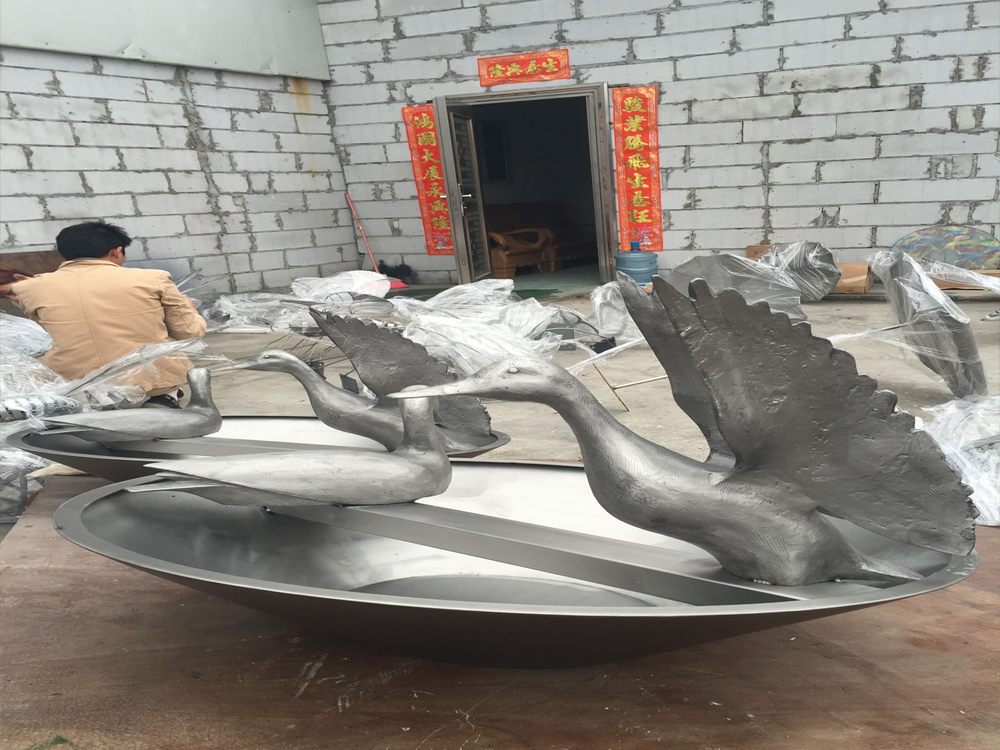
Sculptors have long pushed the boundaries of stone art by incorporating kinetic or mechanical elements, transforming static materials into dynamic installations. One common technique involves precision carving to create interlocking stone components that move smoothly, often using ball bearings or hidden pivots. Others embed small motors or magnetic systems to generate subtle motion, allowing granite or marble to rotate or shift unexpectedly.
Some artists employ counterweight systems within hollowed-out stone structures, enabling wind or water to activate gentle movement. Modern sculptors also experiment with hydraulic mechanisms or solar-powered actuators, seamlessly integrated into the stone’s natural fissures. The juxtaposition of ancient material with contemporary motion creates mesmerizing tension, challenging perceptions of stone’s inherent rigidity.
Successful kinetic stone works require meticulous engineering – the stone must be thin enough to move yet thick enough to withstand stress points. Artists often use softer stones like alabaster for intricate moving parts while anchoring installations with harder basalt or limestone bases. This fusion of sculpture and mechanics continues to redefine monumental art, proving stone can indeed “come alive” through human ingenuity.

